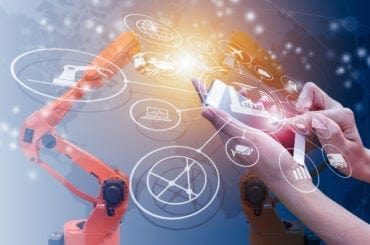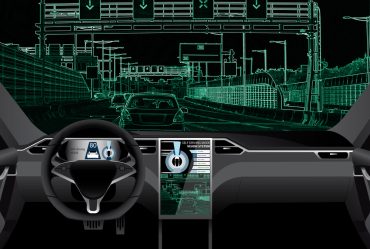
Companies today can fold DevOps tools into their AIOps strategy to enable faster data collection, true observability, and deep data analysis.
Why is AIOps all the rage? Simple. The technologies that make consumer lives easier can be a nightmare for companies to manage. This is where machines really shine. Artificial intelligence-enabled tools help businesses monitor their applications 24/7, mitigate risk, analyze performance, and even aid human teams—think customer service bots.
AIOps is making all this possible. Here are our favorite AIOPs trends for 2022.
![Featured Resource: Observability with AIOps For Dummies [Download Now]](https://no-cache.hubspot.com/cta/default/8019034/d0413c26-95d1-4dc7-a112-192c3e372de0.png)
This comes along with a general expansion of cybersecurity. Incident response is an area where the deep learning capabilities of AI can relieve humans of tedious manual tasks. No matter how good a cybersecurity team is, they can’t be everywhere at once. AI can learn to identify irregularities and potential threats early on, setting off a chain of actions like shutting down servers or closing access to storage systems before the incident can spread and cause further damage.
See also: Using Artificial Intelligence to Automate Incident Response
Increasing observability to decrease mean time to repair (MTTR)
To piggyback on the first trend, general observability into a system can provide the context for incidents and enable companies to shift to a proactive approach to maintenance. Rather than constantly putting out fires, the all-encompassing watch of AI—even into the most complex systems—helps companies reduce the time it takes to respond to and repair an incident. Unified cloud monitoring systems make this a reality.
![Featured Resource: Observability with AIOps For Dummies [Download Now]](https://no-cache.hubspot.com/cta/default/8019034/d0413c26-95d1-4dc7-a112-192c3e372de0.png)
Observability is different from monitoring. With monitoring, flags indicate that something has occurred but offer no next steps for what to do or how. Observability, on the other hand, reduces blind spots in the system; AI can learn from each occurrence, making it much more efficient in detecting and repairing future incidents.
An increase in automation
As more companies embrace remote work, enhance cybersecurity, and pursue customer 360, intelligent algorithms can automate much of what makes all this work together. This automation is pattern detecting, better at predicting potential threats, and offers context for incidents without manual intervention from human teams.
This enables IT to handle higher-order tasks while leaving the system in the capable hands of AI. Today, algorithms can handle numerous data types without sacrificing speed, and innovations in the space will increase the number of businesses able and willing to leverage AIOps.
See also: AIOps and Observability Roll into the Next Stage
AIOps and DevOps will merge
Thanks to 5G deployment, the foundation for intelligent connected environments is here. Companies can fold DevOps tools into their AIOps strategy to enable faster data collection, true observability, and deep data analysis. Even the process of automation outlined above will begin and end with AI.
This is good news. Outdated tech tools can sink a company, but all the elements are now here for AIOps to come into its own. Companies can merge and simplify operations without sacrificing security or governance and refocus on the value they produce.
The future is (still) AIOps
Humans can’t keep up with technological advancement, but a smart application of AI can enable companies to handle big data, new cybersecurity needs, and simplify their growing architectures. It’s going to create order from the chaos and enable a new generation of connected, efficient operations.
![Featured Resource: Observability with AIOps For Dummies [Download Now]](https://no-cache.hubspot.com/cta/default/8019034/d0413c26-95d1-4dc7-a112-192c3e372de0.png)






